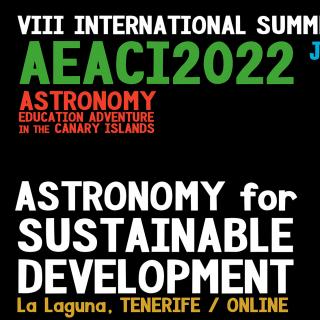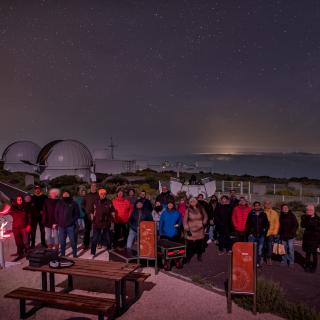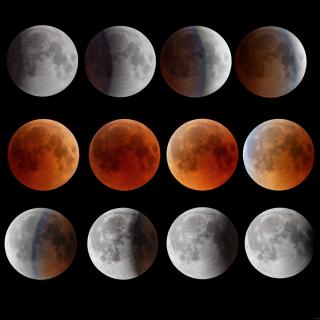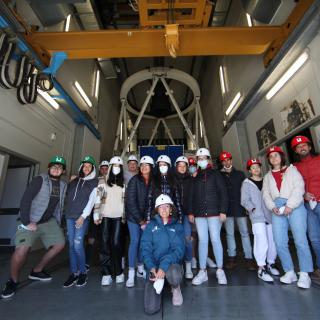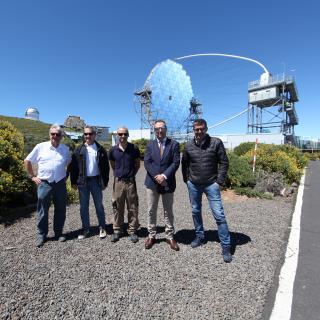
On June 28th and 29th, the Undersecretary of Science and Innovation, Carlos Marco Estellés, and his Chief of Technical Cabinet, Tomás Fraile Santos, visited the two Observatories of the Canary Islands, in Tenerife and La Palma. First, they went to the Teide Observatory, where they visited the facilities of the Optical Ground Station (OGS), IAC80, QUIJOTE and some of the robotic telescopes. They also made a solar observation, accompanied by the Director of the IAC, Rafael Rebolo López, the Manager of the OTAI, Anselmo Sosa Méndez, and the Head of the Scientific Communication and Culture Unit
Advertised on
